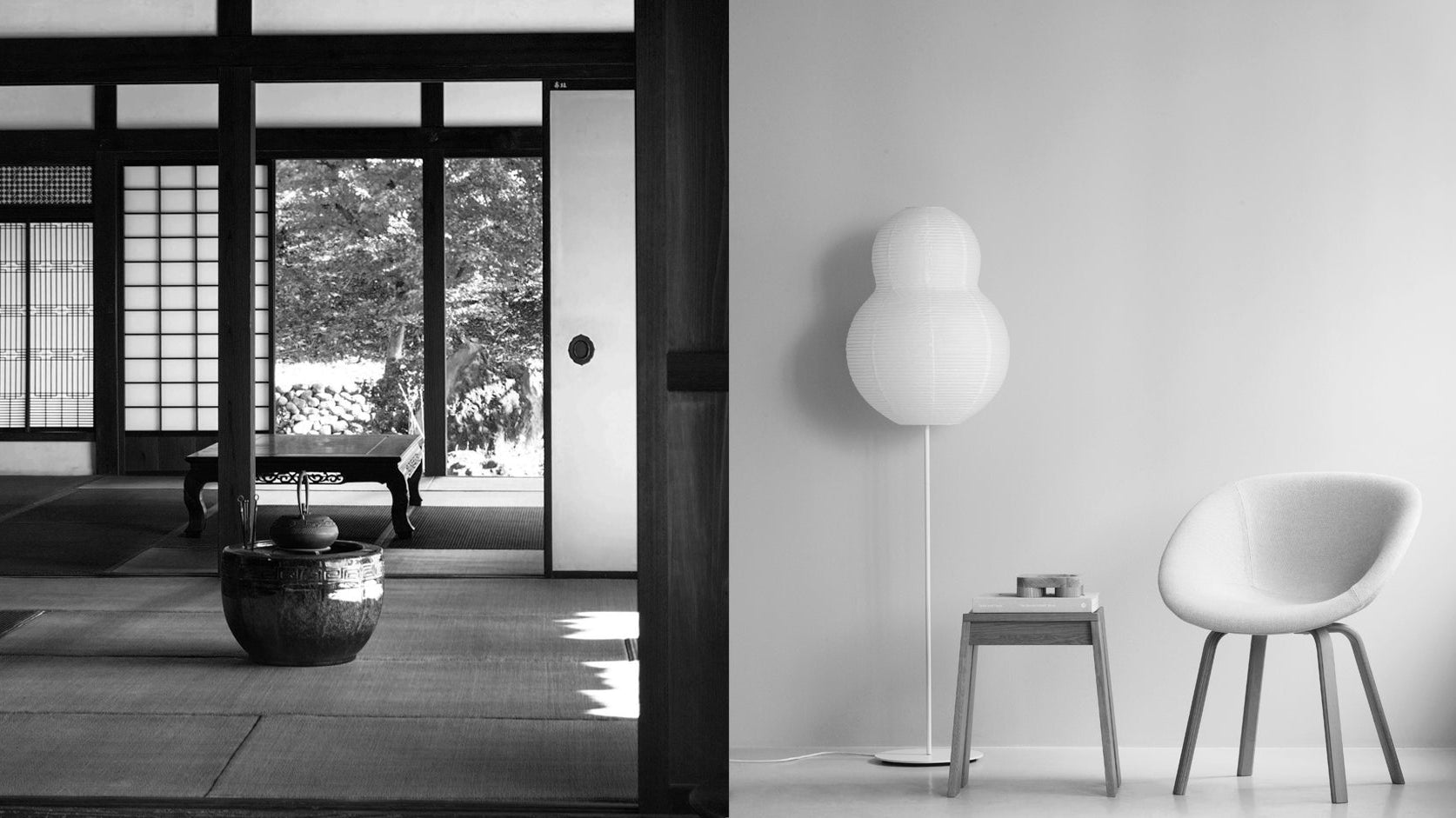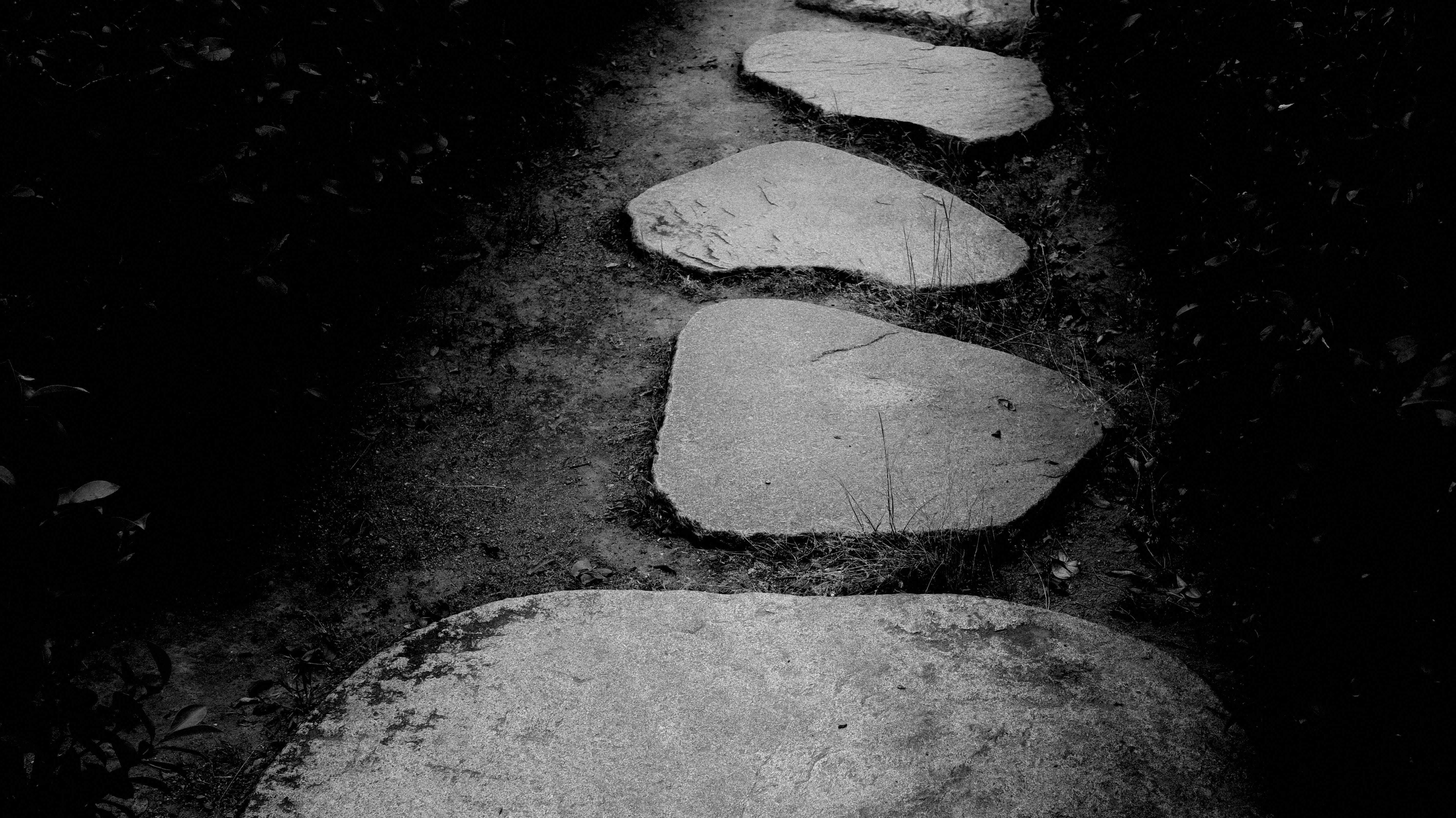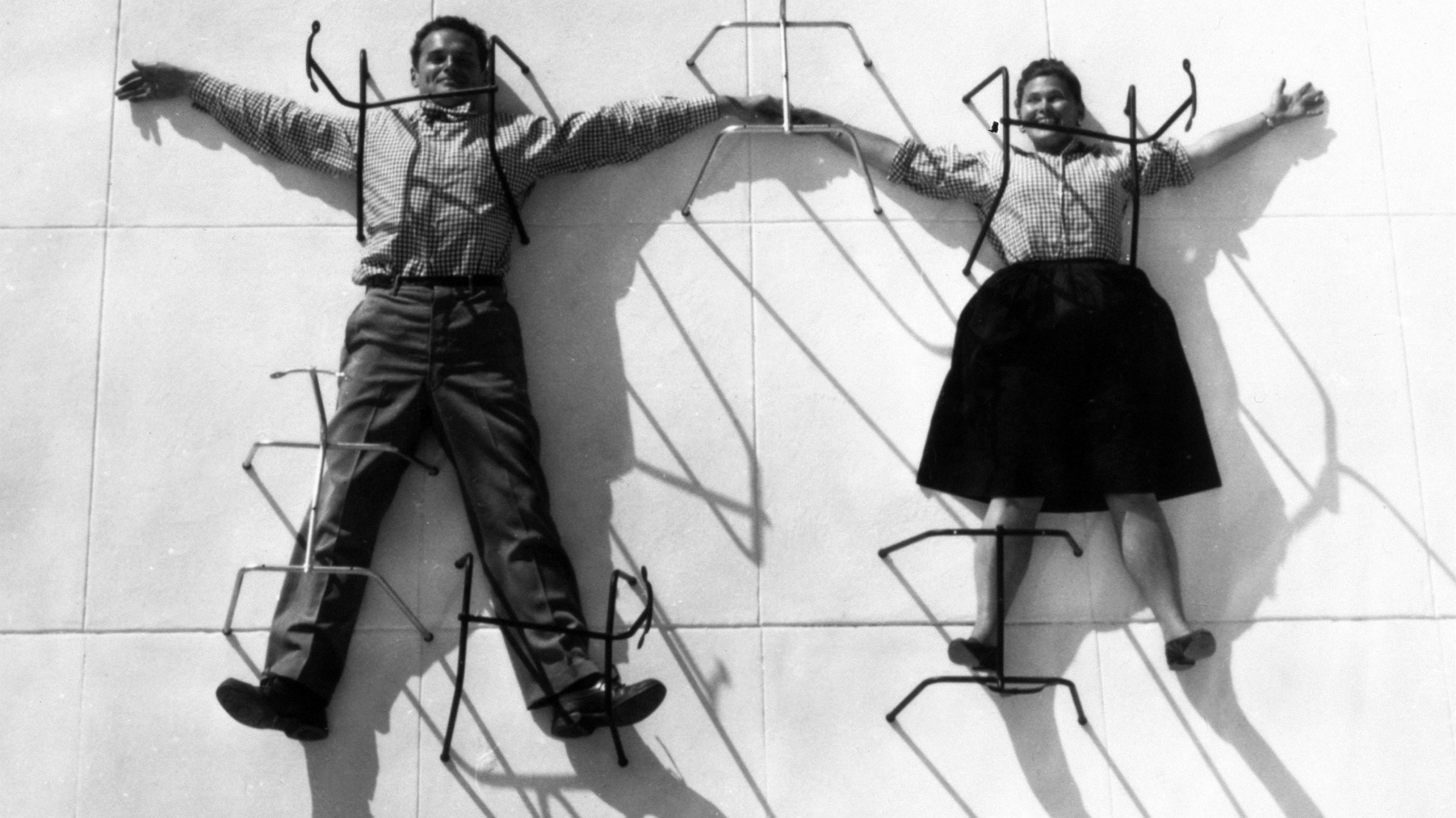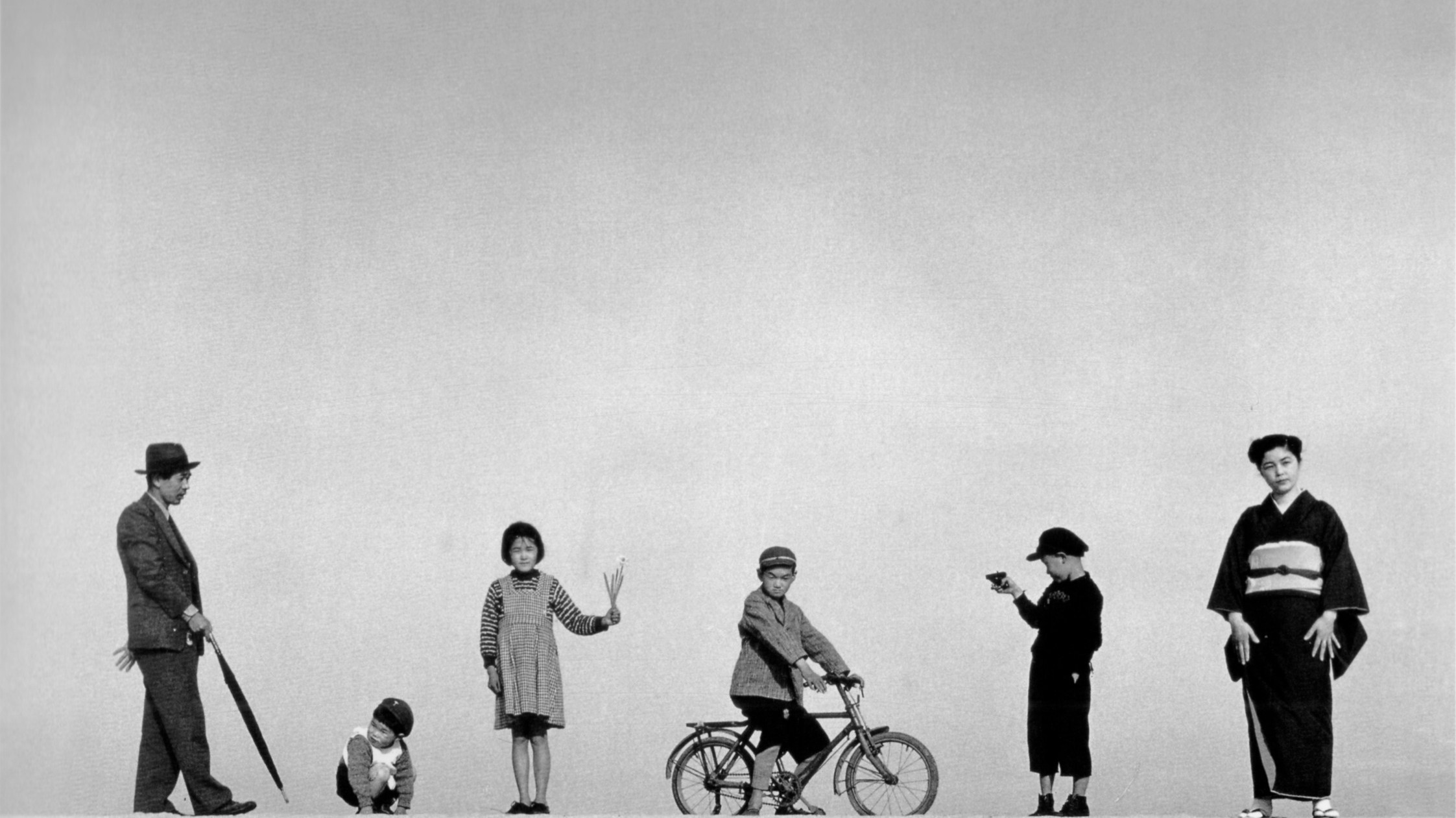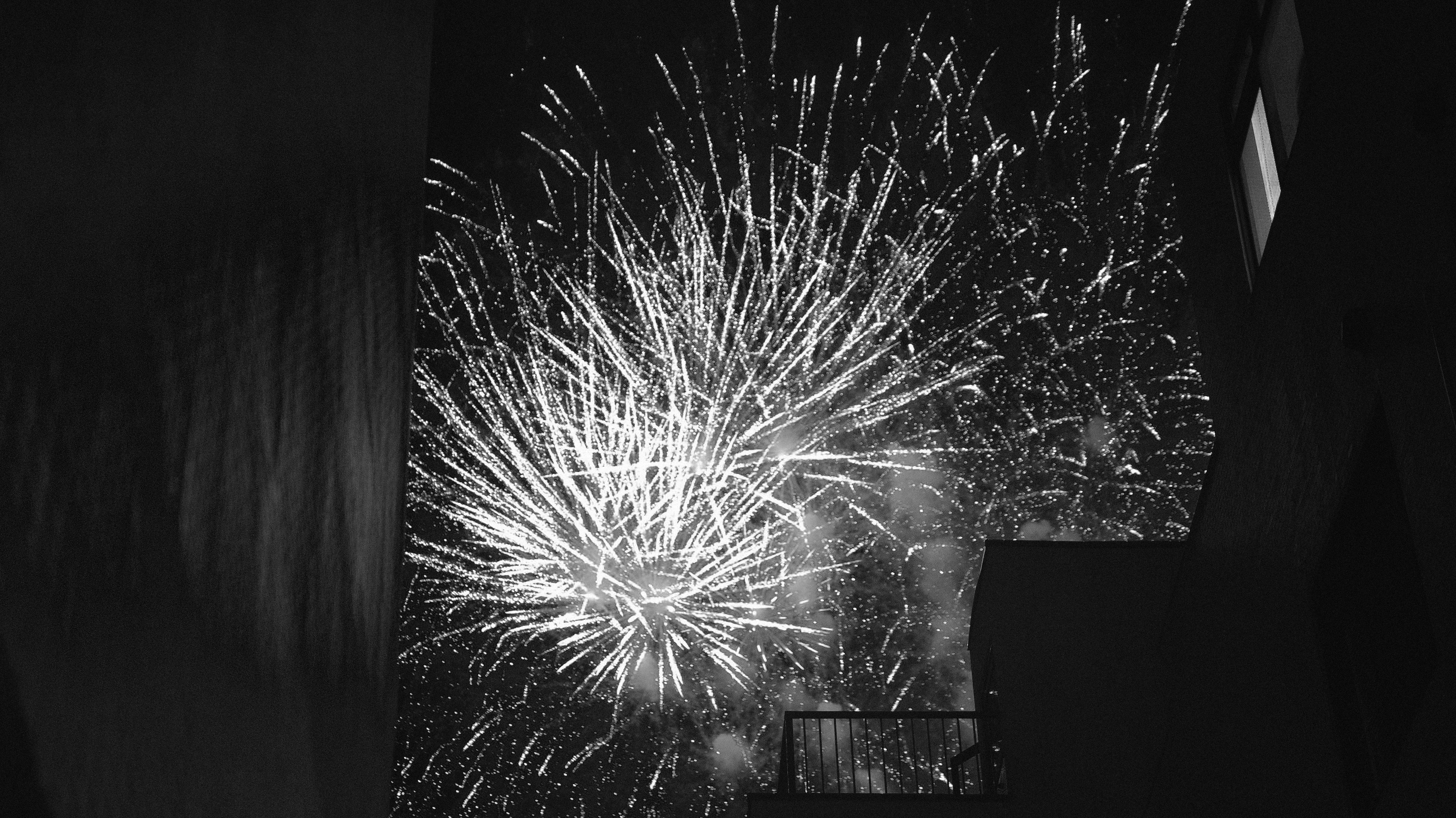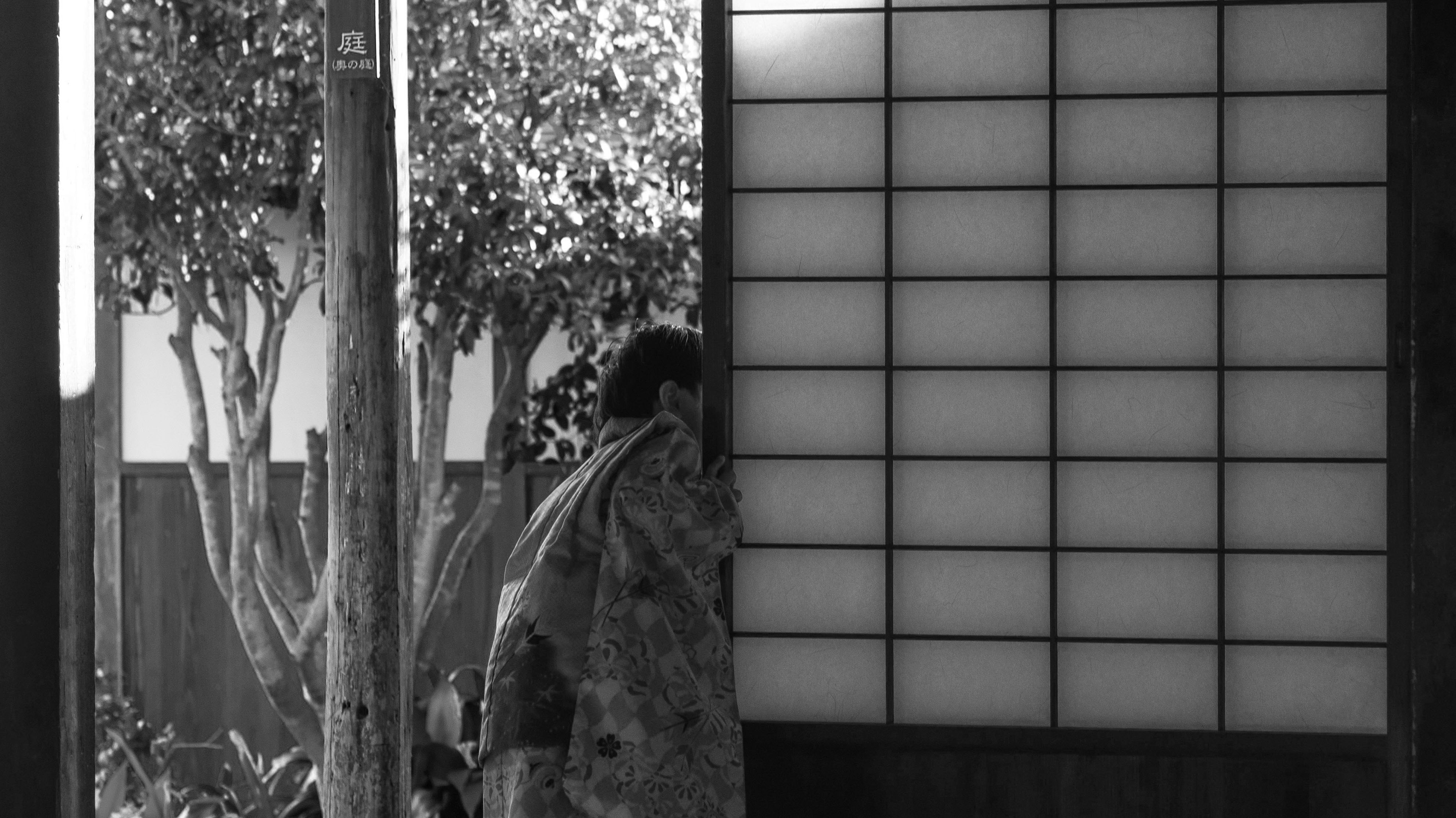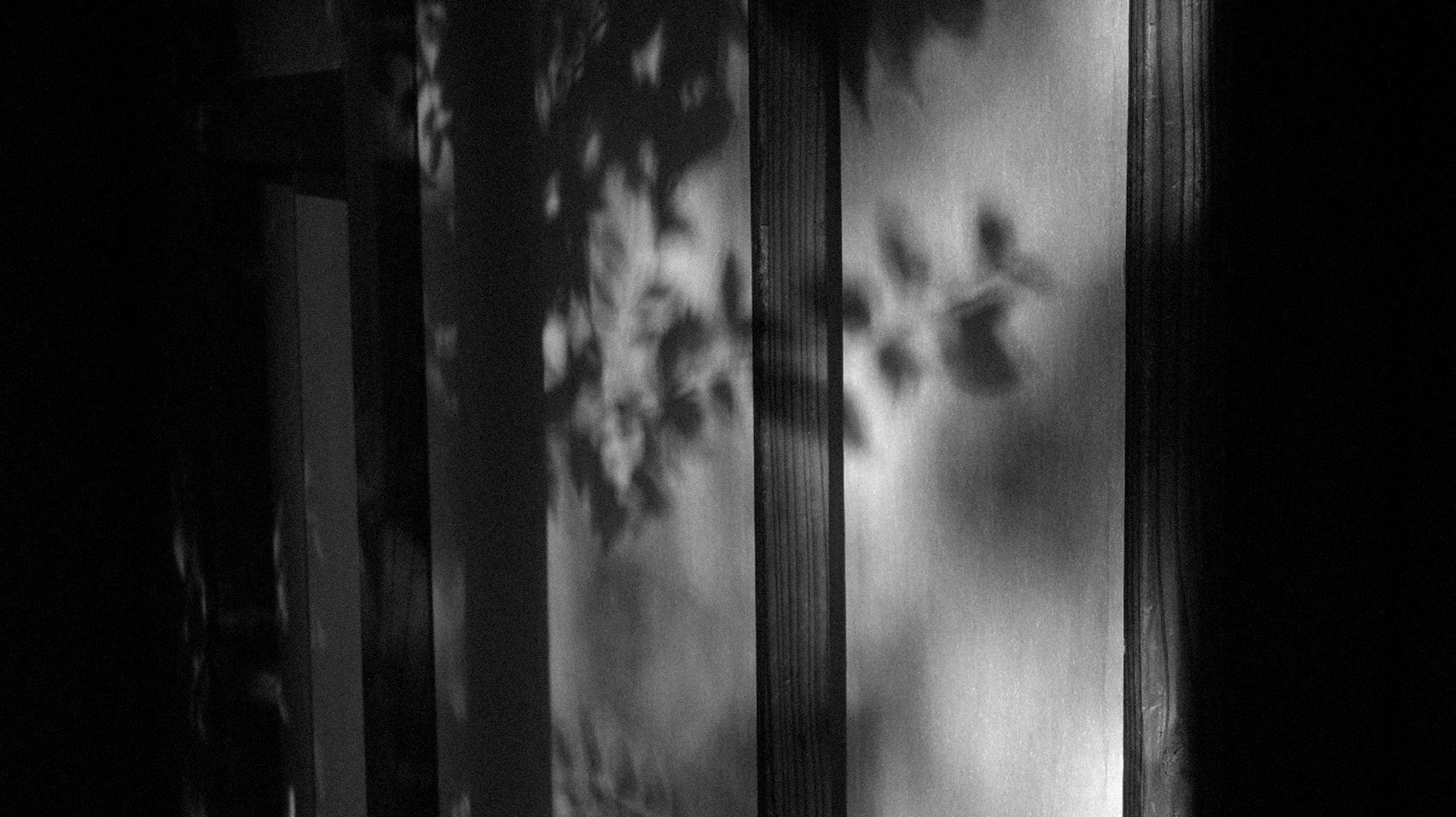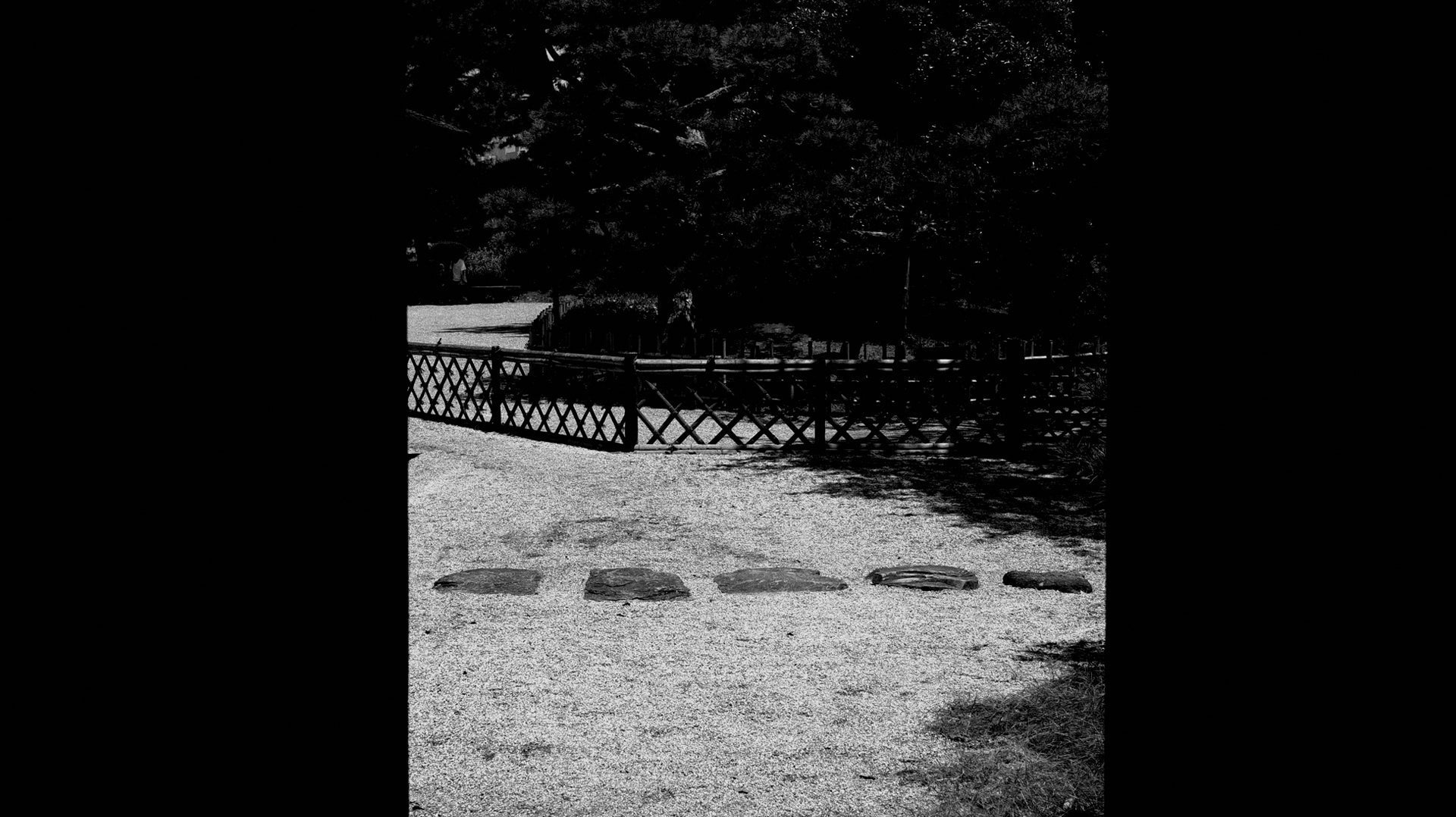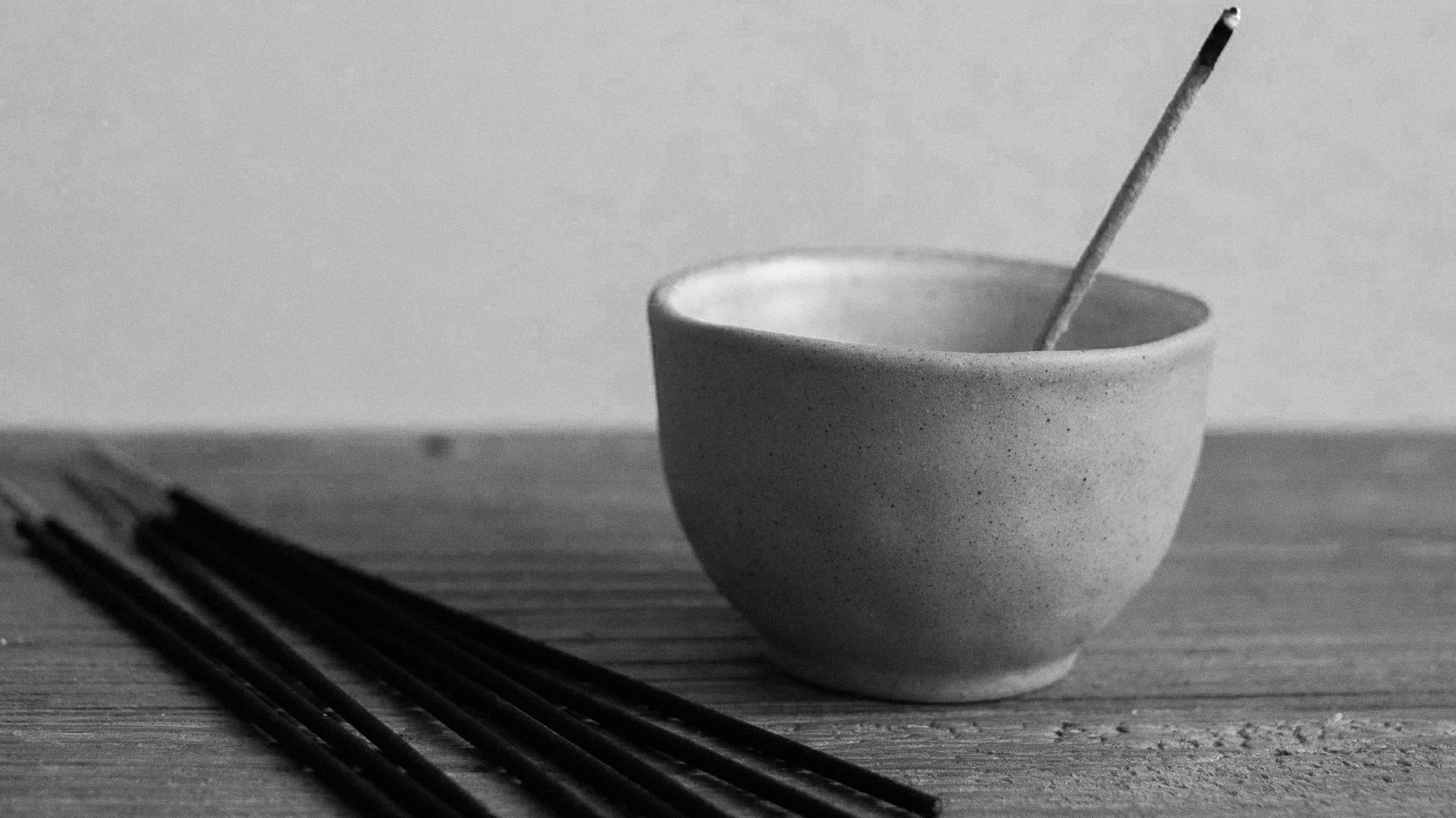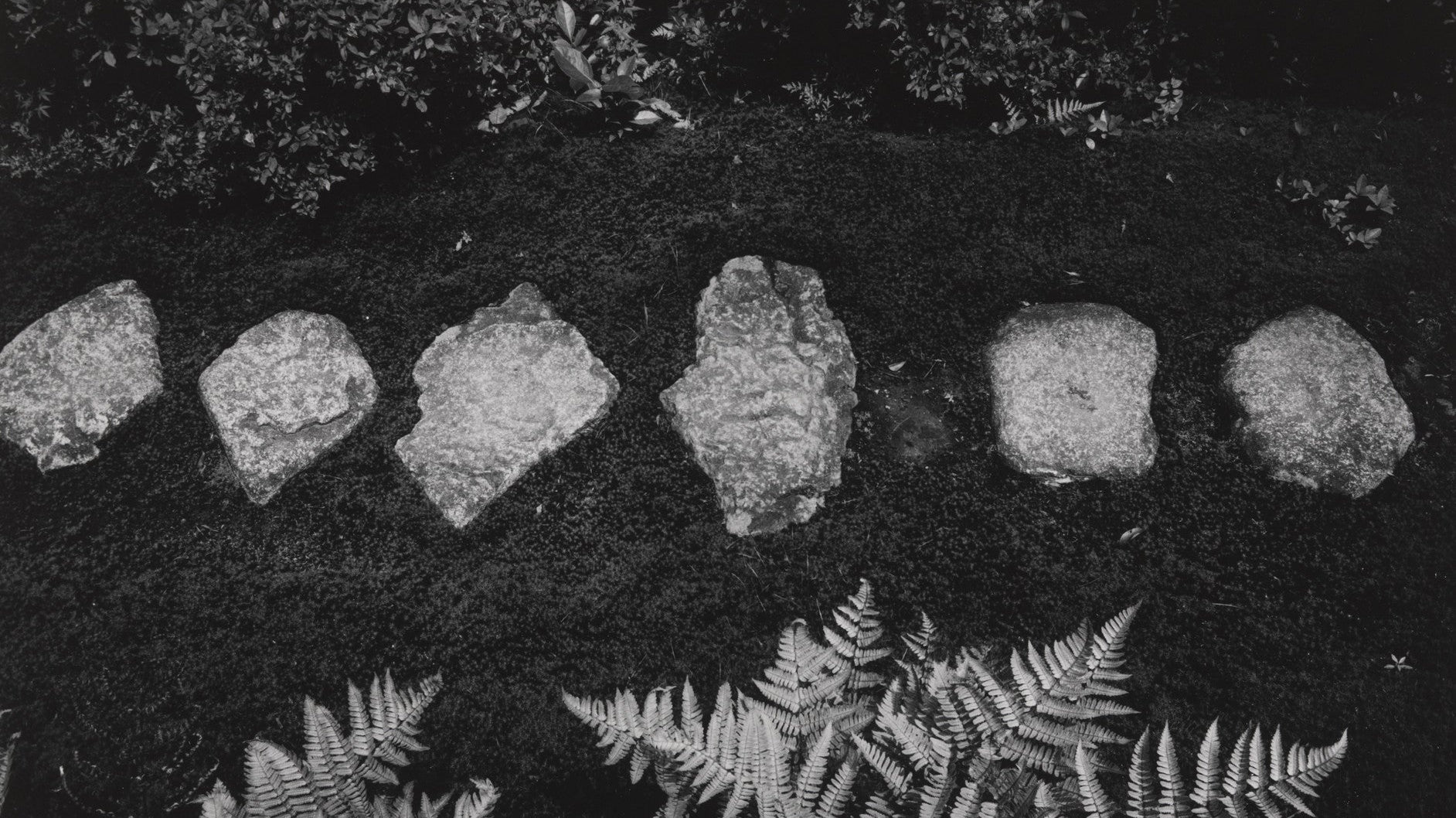Journal
Why Japanese Minimalism and Scandinavian Design Feel So Different
Japanese minimalism and Scandinavian design may appear similar, yet their materials, colors, and use of space reflect very different philosophies.
The Art of Patina: How Time Makes Things Beautiful
Discover how patina, natural aging, and traditional craftsmanship reveal the quiet beauty shaped by time in Japanese and Scandinavian design.
Japanese Aesthetics of Space: Ma, Yohaku no Bi, and the Art of Subtraction
Discover how Japanese aesthetics like Kū, Ma, Yohaku no Bi, and Hikizan no Bigaku find beauty and meaning in space, emptiness, and simplicity.
How Modern Design Evolved: From Art Nouveau to Minimalism
Learn how modern design evolved through Art Nouveau, Bauhaus, Art Deco, Mid-Century Modern, and Minimalism to define our modern way of living.
Negative Space in Art, Design, and Photography: Definition, Meaning, and Examples
Negative space is more than empty background. In art, design, and photography, it creates balance, directs focus, and uncovers hidden meaning.
The Secret Meaning Behind Japanese Summer Colors
Japanese summer comes alive in vivid greens, indigo blues, and firefly glow. Learn the cultural meaning behind these timeless seasonal colors.
5 Hidden Principles Behind Japanese Design Aesthetics
Discover five principles of Japanese aesthetics that reveal the quiet power of design, nature, minimalism, and thoughtful philosophy.
Japanese Design and the Beauty of Shadow
Why does Japanese design value shadow? Shadow in Japanese design brings depth, subtlety, and serenity, reflecting cultural values like Wabi-Sabi and Yūgen.
7 Japanese Zen Aesthetic Principles That Define Wabi Sabi
Rooted in Zen aesthetics, Wabi Sabi expresses a quiet yet profound philosophy. In this article, we examine seven principles that illuminate its essence.
Wabi Sabi vs Minimalism: See Beauty Differently Through Two Aesthetic Philosophies
Wabi Sabi and Minimalism both embrace simplicity and intentional living, but they reflect very different values. In this article, we explore what truly sets them apart.
How Japanese Everyday Objects Reflect Beauty and Craftsmanship
In Japanese culture, beauty isn't always found in galleries or luxury design—it often lives in the most ordinary things, shaped quietly by craftsmanship and care.
8 Japanese Aesthetics That Might Change How You See Beauty
Japanese architect and designer Masayuki Kurokawa introduced eight aesthetic consciousnesses to articulate the essence of Japanese aesthetics.

